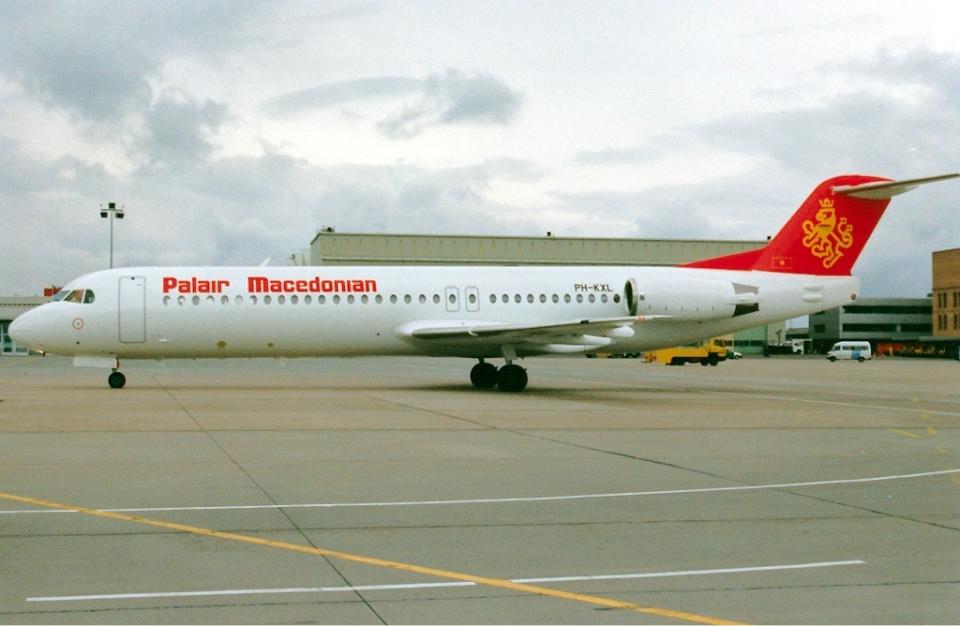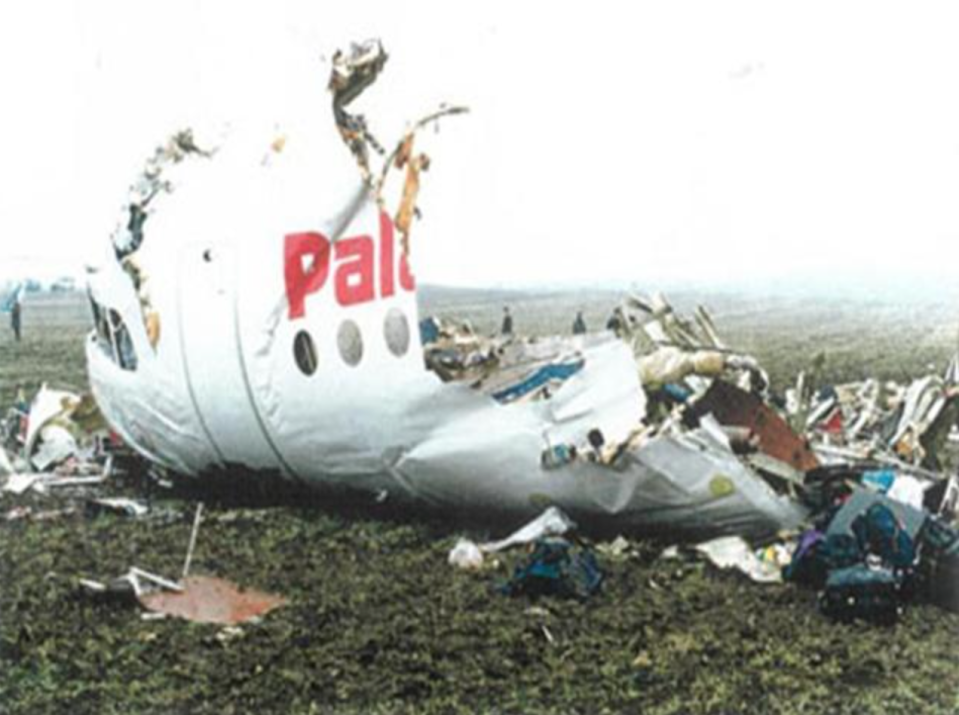Watch a recreation of the Flight 301 crash — how ice impacted the doomed plane

This Day In Weather History is a daily podcast by Chris Mei from The Weather Network, featuring stories about people, communities and events and how weather impacted them.
--
This is another tragedy that should have been prevented. As we covered in the 1982 Air Florida Flight 90 crash article, this is another event where negligence led to a disaster.
On March 5, 1993, Palair Macedonian Airlines Flight 301 was scheduled to go from Skopje, Macedonia to Zürich, Switzerland.

Clearance for takeoff was given at 11:11 am. Twenty-eight seconds after clearance, the plane was in the air. It was snowing and visibility was limited to 900 metres.

Palair Macedonian Fokker 100 PH-KXL two weeks before the crash. Courtesy of Torsten Maiwald/Wikipedia/GFDL 1.2
Only two seconds after takeoff, the aircraft started shaking violently. As the plane ascended to approximately 50 feet, it rolled aggressively to the left and then to the right. The flight crew immediately tried to correct the altitude of the aircraft, but the sink rate warning sounded.
The plane's right wing struck the end of the runway at a 90-degree angle. The aircraft cartwheeled before it crashed to the ground. The fuselage, the main body of the aircraft, broke into three pieces. The plane immediately burst into flames.
A nearby United Nations peacekeeper was the first person to report the crash. He flew to the crash site and rescued seven survivors from the scene.
Later on, more survivors were rescued from the crash. In total, out of the 79 passengers and four crew members on board, 14 people survived (13 passengers and one flight attendant).

Palair Macedonian Airlines Flight 301 crash. Courtesy of Wikipedia
The cause of the crash was ice on the wings. But the procedures that are in place to monitor ice on the wings were not followed.
The investigation of the crash showed that only the right wing received a comprehensive inspection for ice. The aircraft was exposed to an hour and 15 minutes worth of precipitation, which likely froze to the wings.
Click here to subscribe to This Day in Weather History
Though the wings were inspected before takeoff, the aircraft's height only allowed tall people to inspect everything properly. The ground crew only checked the inner part of the wing, not the outer part.
The fuel was also at a very low temperature, causing the wet snow on the wings to freeze.
Palair, which was the then national airline of Macedonia, required pilots to perform an outside preflight inspection of their aircraft. However, for Flight 301, the inspection was delegated to the flight station engineer.
The engineer said the aircraft didn't require de-icing. The post-accident analysis reported that the aircraft required de-icing.
The investigation board's official ruling is that the crash occurred "due to contamination of the wings with ice."
To hear more about the Palair Macedonian Airlines Flight 301 crash, listen to today's episode of "This Day In Weather History."
Subscribe to 'This Day in Weather History': Apple Podcasts | Amazon Alexa | Google Assistant | Spotify | Google Podcasts | iHeartRadio | Overcast'
Thumbnail courtesy of Wikipedia


